Every autumn, trees across the United States begin to reproduce, sending acorns and cones, berries and whirlybirds plummeting to the ground below. While a precious few of these seeds will find fertile ground and sprout into future trees, most will become “mast,” or food for wildlife.
Every few years, certain species of trees seem to go buck wild, dropping an extraordinary quantity of nuts, seeds, or fruits all at once. What’s more, this bumper crop tends to extend across vast geographical ranges, so that a white oak in Central Park is shedding buckets of acorns at the same time as a white oak in the Shenandoah Valley. These boom years create a bonanza for a variety of wildlife species and have long been celebrated by hunters, birders and other outdoor enthusiasts.
Scientists have named this phenomenon “masting” or “mast seeding,” and the years they take place are called “mast years.” So far, they only have theories about why or how it happens.
“The trees’ likelihood of reproductive success increases if they all choose to—somehow—agree that this is the year,” says Theresa Crimmins, the director the USA National Phenology Network, “but scientists still don’t have it all pinned down.”
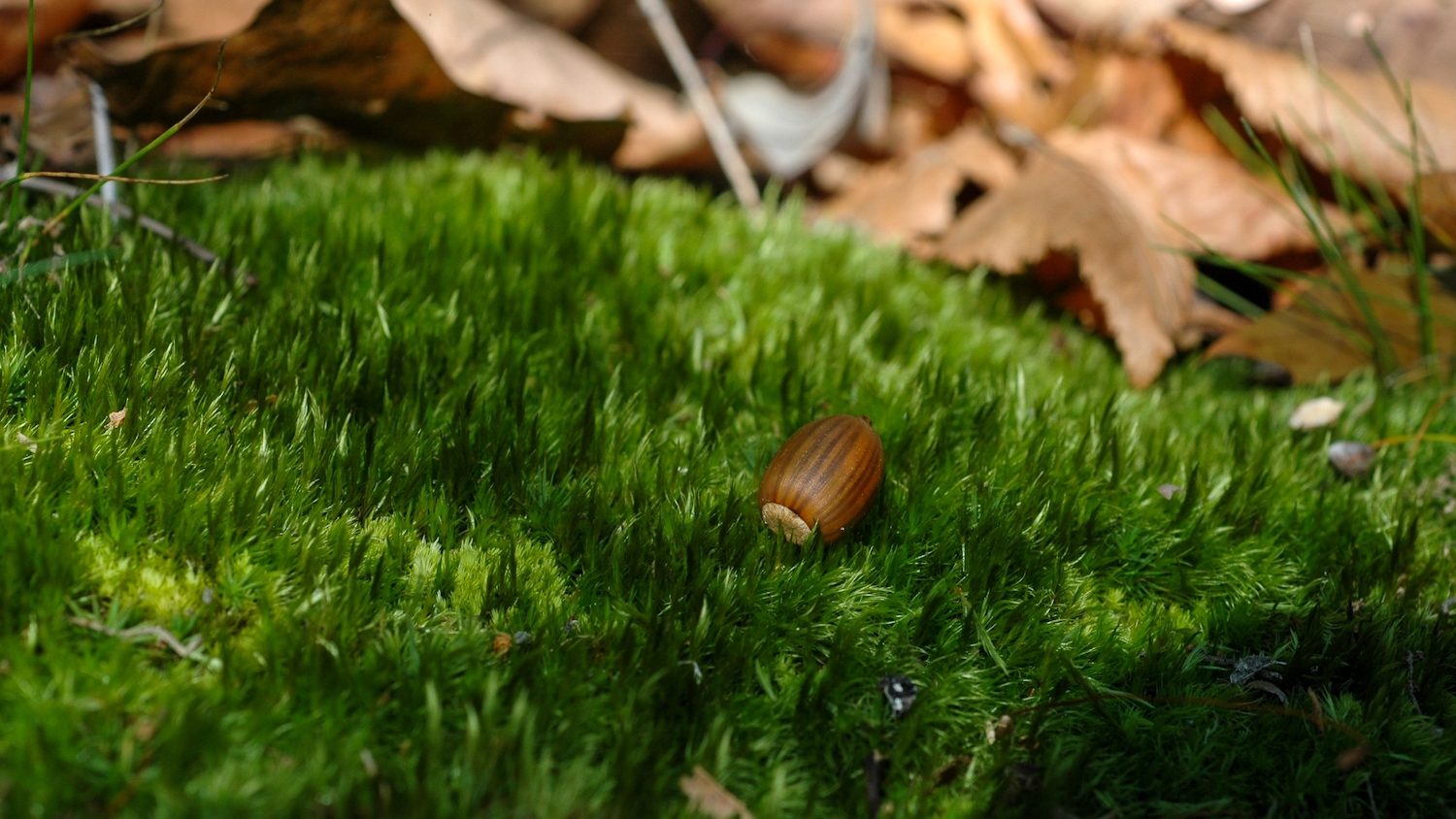
The Making of a Mast Year
A deluge of nuts, a carpet of cones, a bonanza of berries: What exactly qualifies as a mast year?
There is no set minimum of seeds that defines the event, says Crimmins, but rather, “an anomalously large quantity,” compared with the species’ typical production.
“It can be very dramatic,” says Francis Smith, a natural resources manager with the Maryland Forest Service. “There will be so much seed on the ground you might feel like you’re walking on marbles. Or you might feel like you need a hardhat on when you’re outside.”
The other key component of the mast year is widespread synchronization across a broad swath of the landscape.
“We’re talking about hundreds of millions of trees,” says Walt Koenig, a research zoologist emeritus at the University of California Berkeley. As the co-director of the California Acorn Survey, a decades-long effort to study acorn production across the state, Koenig has learned that during mast years, oaks as far apart as 400 miles can produce remarkably similar crops.
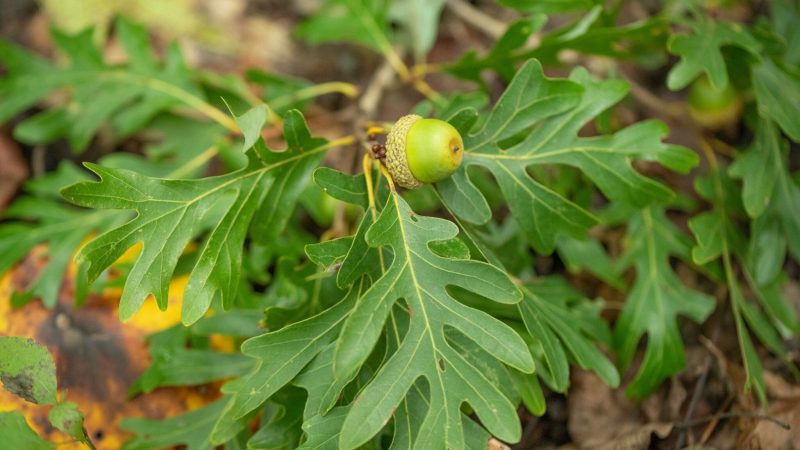
Not all trees mast, but many species dominant in American forests do, such as oak, hickory, beech, and dogwood. Masting has also been observed in desert shrubs and several species of grass, including bamboo and tussock grass. Furthermore, the ecological phenomenon doesn’t always happen in the fall. In June 2023, masting cottonwood trees in Chicago dropped so many fluffy white seeds, the city looked like it had been blanketed by a late-spring snow.
Regardless of the species or its timing, producing a bumper crop requires so much of the plants’ energy that they’re only able to pull it off intermittently. Oaks, for example, mast about every two to five years.
“Plants typically have to make a decision if they are going to put their resources toward growth—things like putting down more roots or leaves—or toward reproduction,” says Crimmins. Masting, she explains, “depletes them, so they have to rest for a few years.”
Why would trees use up so much valuable energy to mast?
“That’s where it gets complicated,” Crimmins says.
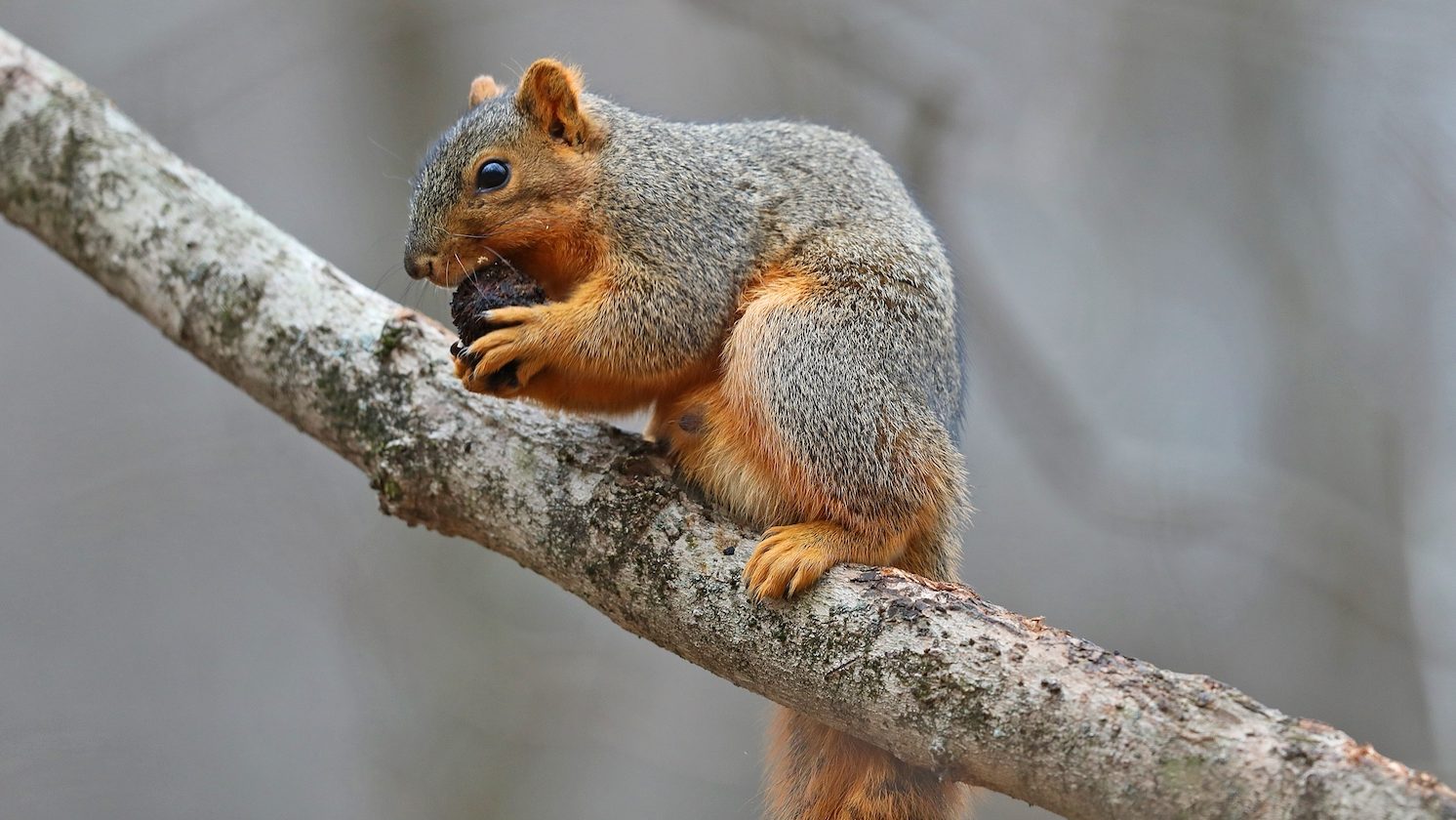
How The Trees Agree
The most accepted theory for why a population of trees mast is called the “predator satiation hypothesis.” Basically, it says that by periodically producing a glut of seeds, trees can overwhelm the appetite of the forest’s most voracious seedeaters, including various birds, mice, and squirrels.
“If there were always the same number of acorns each year, then the population of predators would presumably rise to point where they would essentially harvest all the acorns each year,” explains Koenig. “And then there would be no acorns to grow into baby oak trees.”
Weather also plays a role, the scientist says. A warm, dry spring means that more of the trees’ wind-pollinated flowers will turn into acorns.
Since the weather tends to be similar across certain regions, climatic conditions might be responsible for the synchronicity that defines mast years. But other forms of communication are probably at play, too, says Crimmins.
“It could be that trees send out volatile organic compounds that float on the wind and are a message to their neighbors,” she says. “Or mycelial fungi in the soil could somehow be transmitting signals.”
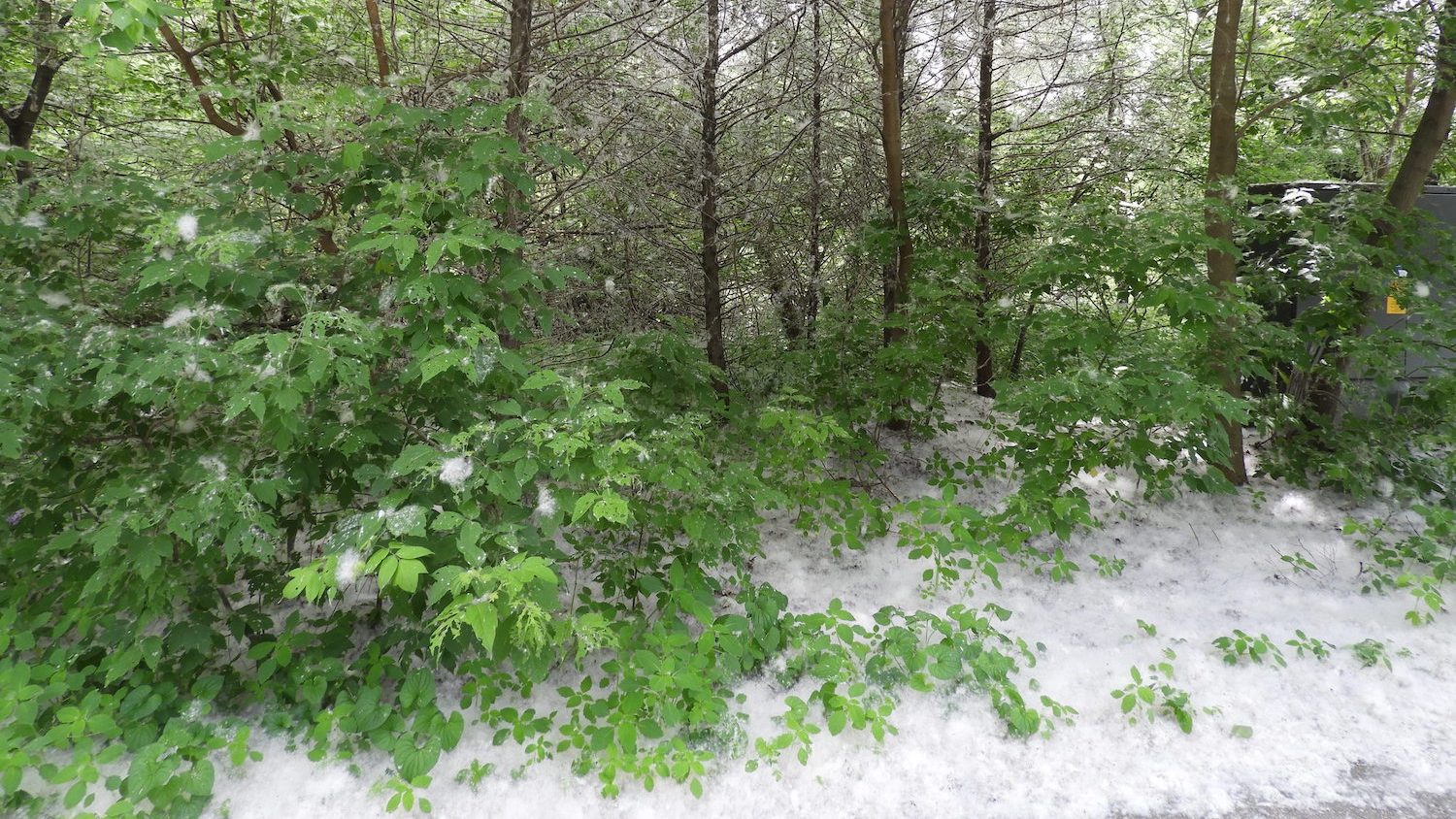
A Shock to the Ecosystem
While scientists are still uncertain about precisely how mast years unfold across the landscape, what they know for sure is that the phenomenon sets off a chain of reactions that ricochets up and down the food chain.
Unsurprisingly, populations of animals who consume seeds—blue jays, chipmunks, and wood mice—surge in the year after a masting, spurred by the excess nourishment.
During mast years, Koenig says the acorn woodpecker, which spends every autumn caching the nuts in so-called “granary trees,” might decide to raise an additional brood before winter. “Some will even nest in the fall. I’ve banded a baby woodpecker as late as November first.”
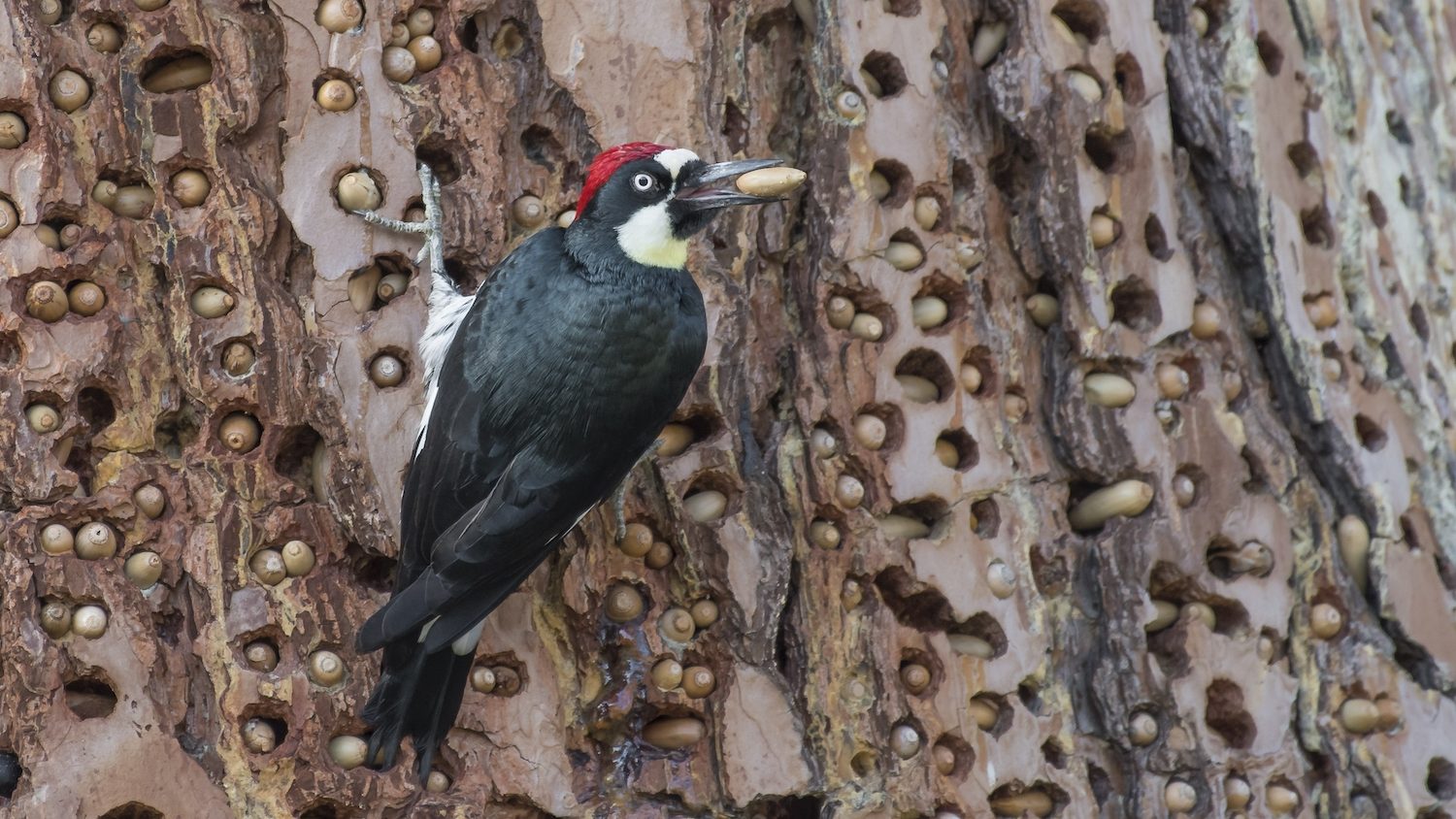
White-tailed deer, another ravenous acorn eater, are known to shift their distribution during mast years, hanging out in oak-dominated stands to take advantage of the all-you-can-eat buffet. The following year, doe are more likely to give birth to twins.
For some species, the phenomenon can lead to undesirable outcomes. Ground-nesting birds, for example, are more likely to see their eggs predated upon the year after a mast seeding, thanks to an elevated mammal population now competing for less food.
More animals in the forest also means abundant hosts for disease-carrying ticks. In fact, a mast year in the Northeast in 2023 has led to a surge of Lyme-carrying black ticks in 2025.
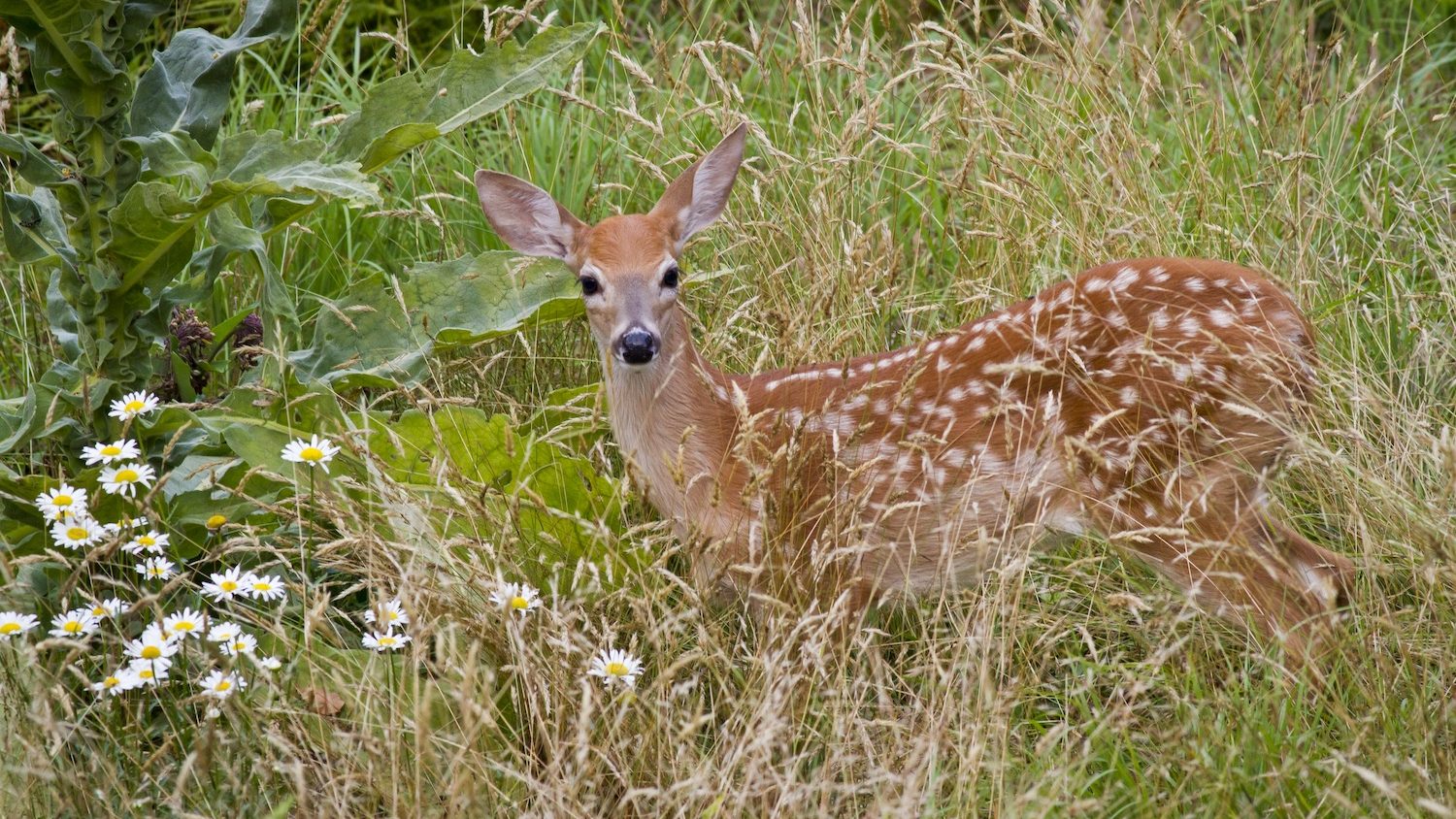
Masting in a Climate-Changed World
There is one more unanswered question when it comes to mast years: How will the warmer temperatures caused by climate change impact these pivotal ecological events? So far, the evidence seems to suggest a double-edged sword.
“It’s a mixed story,” says Crimmins, “Some species pay more attention to temperature than others.”
While some trees wait for a certain temperature threshold to know when to reproduce, others take their cues from the difference in temperature from year to year.
“Those that need a particular temperature to be reached will be potentially at risk,” to have their mast patterns scrambled by earlier and longer growing seasons, Crimmins explains. Species cued by difference from year to year, meanwhile, might be better off, “if variability isn’t impacted by climate change.”

Smith, with the Maryland Forest Service, says that the extreme weather events brought on by climate change “are stressors to the trees and can influence their seed production.” Additionally, the spread of invasive species and tree pathogens can “absolutely influence how much energy the tree has to put into reproduction.”
If climate change were to significantly alter mast years, other species in the ecosystem would feel the effects. “It would have a cascading effect for sure,” says Crimmins.
Scientists aren’t waiting around to find out. In 2022, a group of almost 100 researchers launched MASTREE+, a long-term dataset from across 66 countries dedicated to observing how plant reproduction is responding to climate change—while perhaps gathering clues that might help solve one of nature’s oldest mysteries.
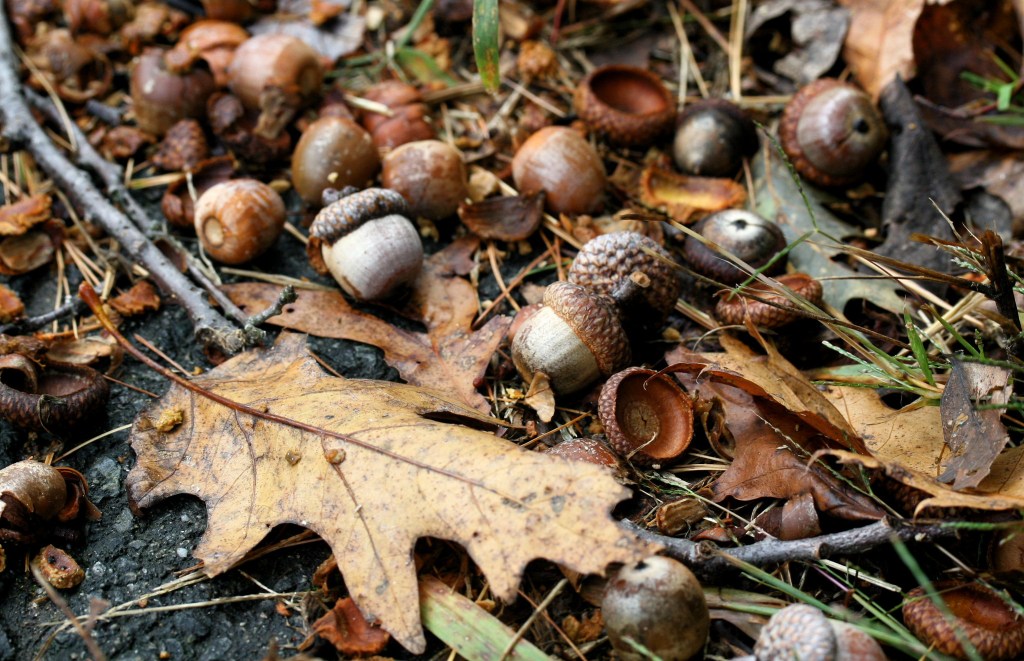



Join the Discussion